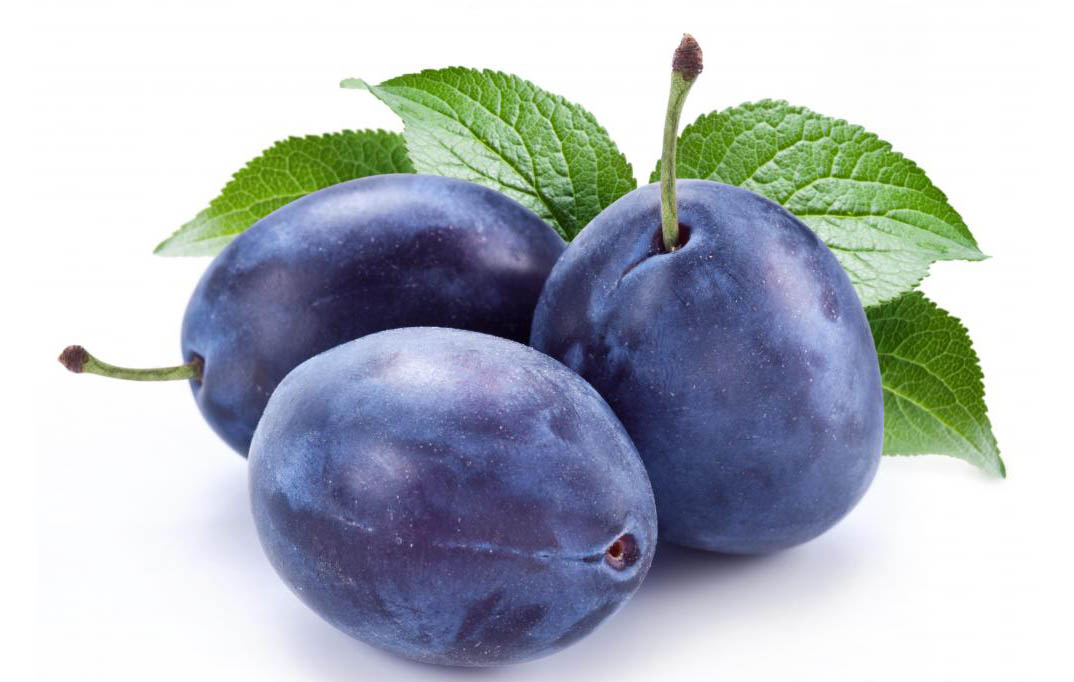EUROPEAN PLUM (Prunus domestica L.)
Developing new cultivars suited for temperate continental climate is a long-term objective in breeding of European plum (P. domestica L.). Newly bred cultivars should exhibit resistance to low winter temperatures, late spring frosts and drought. Developing cultivars resistant to sharka virus (Plum pox virus) as well as to fungal diseases (Polystigma rubrum (Person) De Candolle and Puccinia (Tranzschelia) pruni-spinosae (Pers.) Diet.) has been an unceasing tendency of the breeding work. Advantage should be given to self-fertile cultivars with high performance. As for the habitus, the selection should be guided towards breeding cultivars with wide-pyramidal, moderately dense crown with branches grown at wide angles and flexible enough not to break under the crop.
Dessert cultivars should bear attractive blue skinned large fruits (exceeding 100 g) with firm, yellow, juicy, sub-acid flesh that does not adhere tightly to the stone. The fruits should also have good handling and shipping quality, and maintain freshness and good quality and appearance over long period.
Fruits of the cultivars grown for drying should be medium large (30–50 g), oval, containing over 20% soluble solids. The flesh should be firm, yellow, freestone with good handling and shipping quality. Resistance to cracking in the rain and quick drying quality with absence of subsequent cracking and juice leaking are also desired properties.
With the aim of extending drying period and fresh use efforts should be made in developing cultivars with ripening time as early as possible as well as those with very late ripening time.
Cultivars suited for other forms of processing or those with combined properties (compote, conserve, jam, confectionery, brandy) should be heavy and regular croppers, with high sugar content, good taste, appropriate skin color and flesh consistency.
Eighteen plum cultivars have been released so far:


 English
English Srpski
Srpski